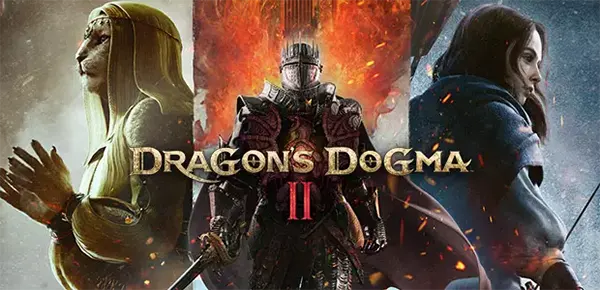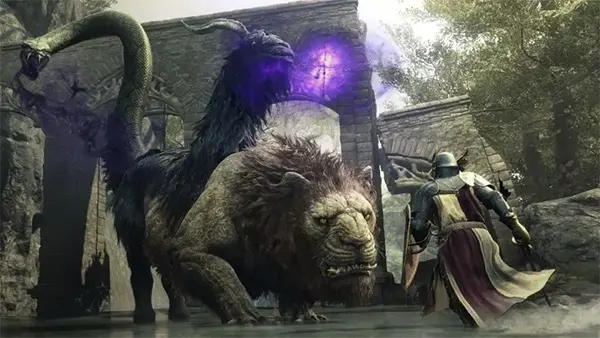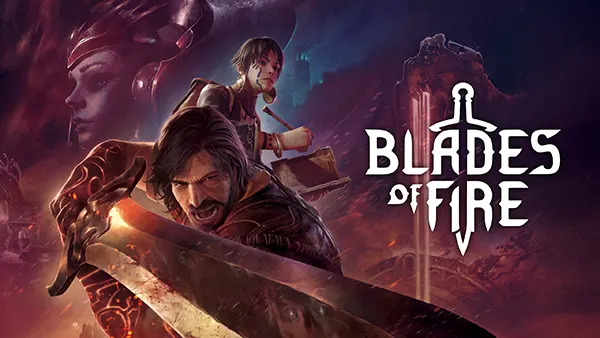
Dragon’s Dogma 2 – Does Capcom’s Old-School Action RPG Have a Future?
Dragon’s Dogma 2 arrived in 2024 as one of Capcom’s boldest returns to traditional role-playing design. Unlike many modern RPGs that lean heavily on streamlined mechanics and open-world formulas, this sequel attempted to refine rather than reinvent. With its distinctive Pawn system, deep combat mechanics, and a strong sense of world-building, the game carved out a unique identity. The key question now, in 2025, is whether an old-school action RPG like this can thrive in today’s gaming market.
Capcom’s Approach to Old-School RPG Design
Capcom’s decision to maintain Dragon’s Dogma’s core identity was risky. Instead of chasing industry trends, the developers chose to double down on the formula that made the first game a cult classic. The focus remained on challenging combat, meaningful exploration, and a narrative that left much to the player’s interpretation rather than constant exposition.
By not abandoning the old-school RPG roots, Dragon’s Dogma 2 positions itself differently compared to mass-appeal titles like Elden Ring or Final Fantasy XVI. It leans towards players who value depth over accessibility, rewarding experimentation and patience. This approach sets it apart in a saturated RPG market.
However, this dedication also comes with limitations. The learning curve can be steep, and some design choices feel deliberately archaic. For new players, the lack of modern quality-of-life features may seem frustrating. Capcom essentially asked the audience to meet the game on its own terms, which not every gamer is willing to do.
The Pawn System as a Defining Feature
The Pawn system remains one of Dragon’s Dogma’s standout mechanics. Allowing players to recruit AI-controlled companions that can be customised and shared online, it adds layers of strategy and community interaction. In Dragon’s Dogma 2, Capcom refined the system, improving AI behaviours and expanding how Pawns adapt to combat scenarios.
This system offers a blend of individuality and unpredictability. Pawns carry the knowledge of their journeys, often giving players unexpected tactical advantages. In 2025, this mechanic still feels fresh because few other RPGs have attempted anything similar on this scale.
Yet, while beloved by long-time fans, the Pawn system is also divisive. Some players consider it clunky compared to multiplayer co-op options. Its future will likely depend on whether Capcom continues refining AI behaviours or explores hybrid systems that balance tradition with modern expectations.
The State of RPGs in 2025
RPGs in 2025 continue to dominate the gaming landscape, with developers balancing cinematic storytelling and expansive worlds. From Starfield to Baldur’s Gate 3, the genre has seen massive commercial and critical success. Within this ecosystem, Dragon’s Dogma 2 occupies a unique space: it does not compete directly with cinematic blockbusters but instead appeals to players craving more deliberate, gameplay-driven experiences.
What strengthens Dragon’s Dogma 2’s position is Capcom’s ongoing support. Frequent balance updates, optimisation patches, and small expansions show a commitment to keeping the game relevant. This long-term support helps maintain a dedicated community, even if the game doesn’t match the sales of its biggest rivals.
However, Capcom faces a challenge in expanding Dragon’s Dogma 2’s audience. The title risks remaining a niche favourite rather than achieving mainstream popularity. Its survival may depend on future content expansions and whether the studio can strike a better balance between accessibility and complexity.
Community and Modding Support
A critical factor for Dragon’s Dogma 2’s future lies in community involvement. Like its predecessor, the PC modding community is already shaping how the game is played. From balance tweaks to graphical overhauls, mods extend the life of the game beyond official updates.
Players in 2025 value ownership and flexibility, and modding provides both. This involvement allows Dragon’s Dogma 2 to stay relevant, even if official content slows. It also mirrors how games like Skyrim achieved longevity through community-driven improvements.
Nevertheless, relying too heavily on modding has risks. If Capcom fails to provide substantial expansions or sequels, interest may plateau. For Dragon’s Dogma 2 to remain vital, official support must complement community creativity rather than lean on it entirely.

Can Dragon’s Dogma 2 Secure Its Legacy?
Dragon’s Dogma 2 has proven that old-school RPG design still resonates in 2025, but the question is how sustainable that resonance will be. Capcom has shown courage in resisting full modernisation, but long-term success depends on adapting enough to maintain growth without alienating the core fanbase.
The game’s strengths lie in its combat depth, distinctive Pawn system, and the freedom it grants players to shape their adventure. These elements give it a strong identity in a market where many RPGs can feel homogenised. Still, its weaknesses, particularly accessibility and pacing, could limit broader appeal.
If Capcom continues to refine the formula through expansions and perhaps a third entry, Dragon’s Dogma could transition from cult favourite to a lasting franchise with widespread recognition. The next few years will determine whether Dragon’s Dogma 2 stands as a turning point or simply a nostalgic experiment.
Future Prospects Beyond 2025
Looking ahead, the future of Dragon’s Dogma 2 may hinge on Capcom’s willingness to take calculated risks. Introducing a large-scale expansion could broaden the world while addressing accessibility concerns. Improving AI and deepening narrative connections could also appeal to players who felt the story was too fragmented.
The potential for cross-platform innovations, such as cloud-based features or enhanced online interaction, could make the Pawn system more engaging for a modern audience. At the same time, maintaining the game’s old-school core is essential to preserving its identity.
Ultimately, Dragon’s Dogma 2’s future rests on balance: staying true to its roots while carefully evolving. If Capcom succeeds, this series could finally step out of cult status and into mainstream recognition, solidifying its place in the RPG canon for years to come.



